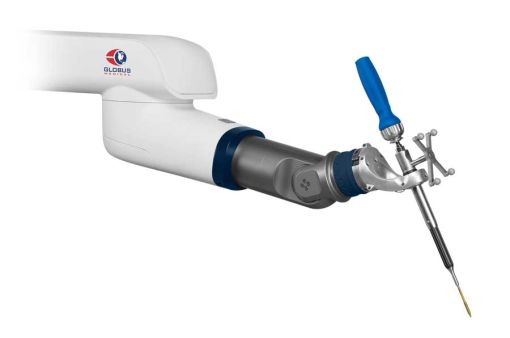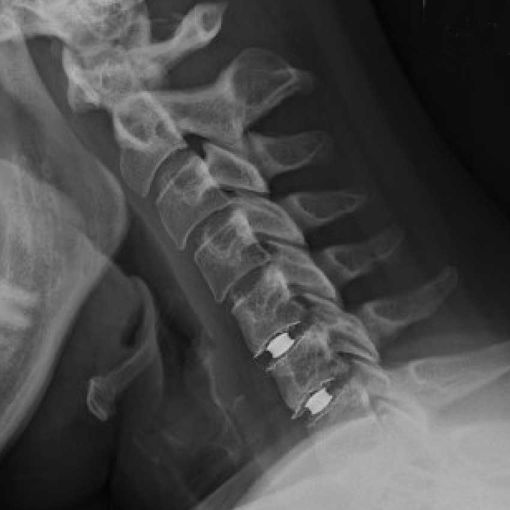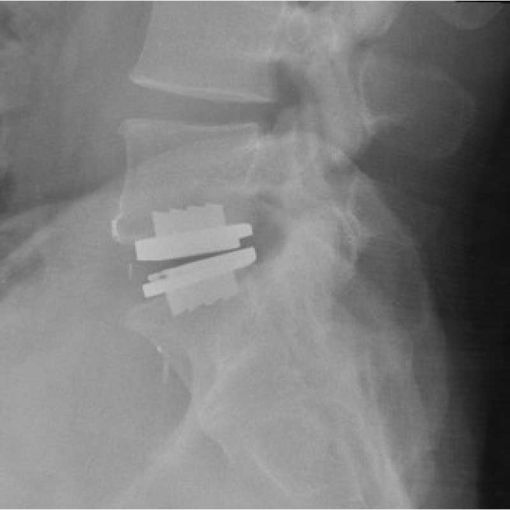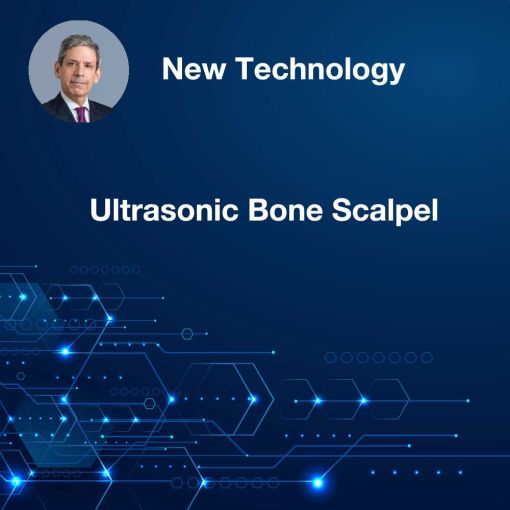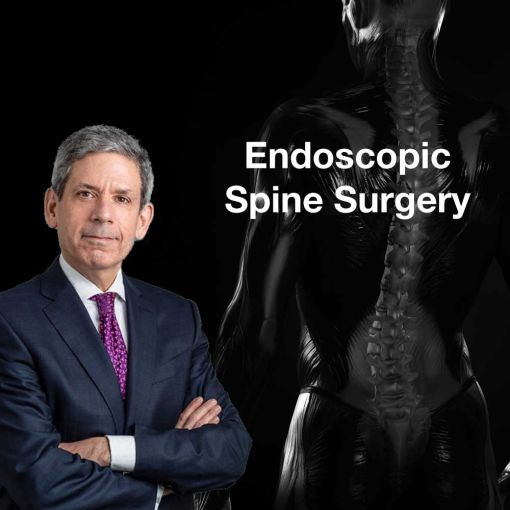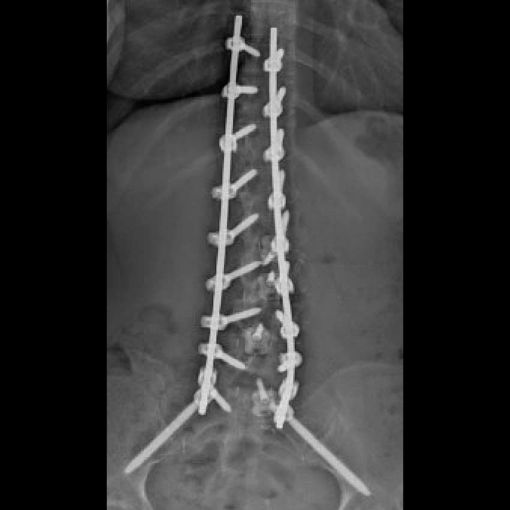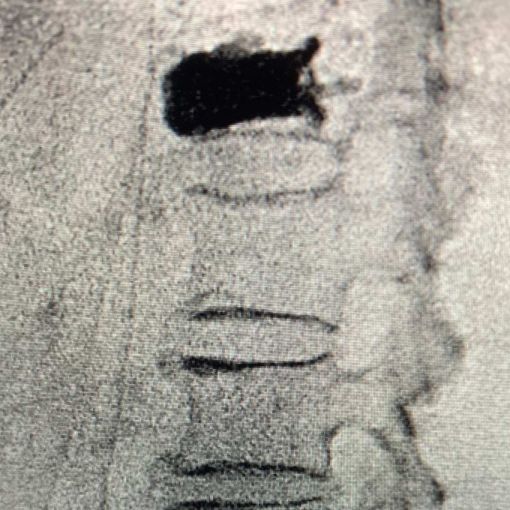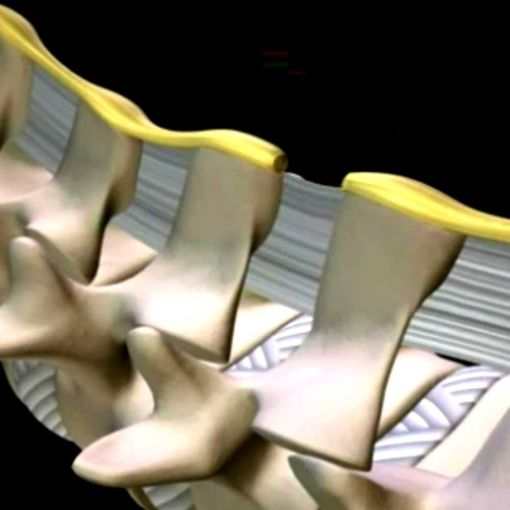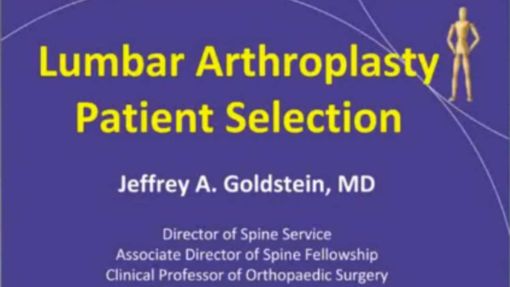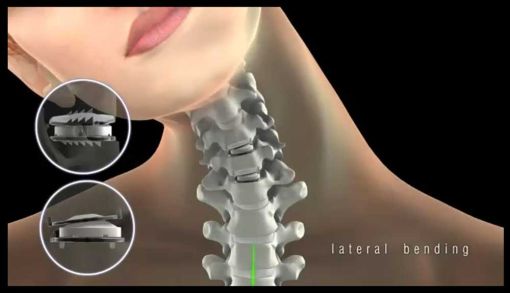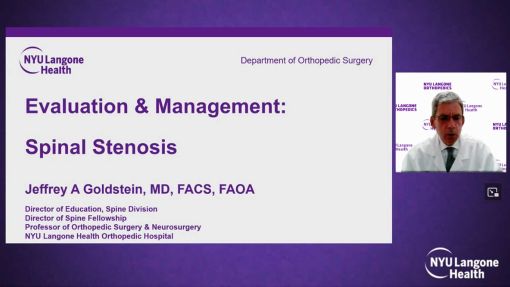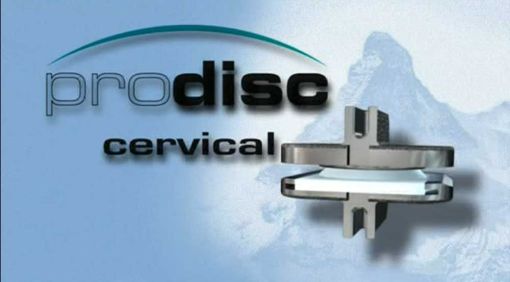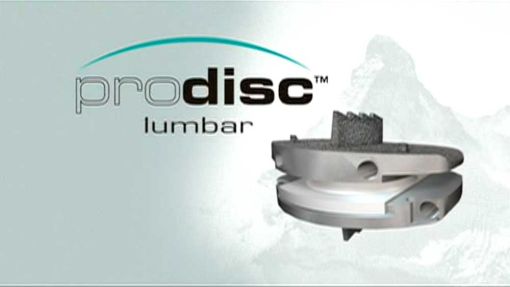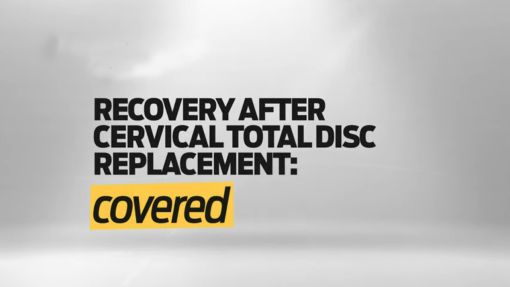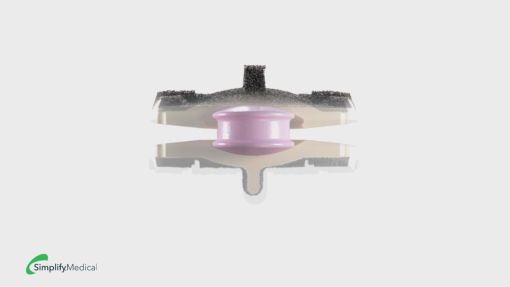Treatments
Robotic Spine Surgery
Amazing technological advances in spine surgery have occurred over the past few years. From the introduction of minimally invasive spine techniques to image guided surgery, Dr. Goldstein has been at the forefront of innovation.
Minimally Invasive Spine Surgery
Minimally Invasive Spine Surgery is a general term used to describe the performance of surgery through small incision(s), usually with the aid of endoscopic visualization
Cervical Artificial Discs
Cervical artificial discs may be used to replace intervertebral that discs degenerate as part of the normal aging process. Cervical Spine Surgery near me in NYC
Lumbar Artificial Discs
Lumbar Artificial discs may be used to replace intervertebral discs degenerate as part of the normal aging process. Dr. Goldstein was a key innovator in their U.S. introduction.
Ultrasonic Bone Scalpel
The Ultrasonic Bone Scalpel (UBS) is a surgical instrument that uses ultrasonic vibrations to cut through bone while minimizing damage to surrounding soft tissues. Unlike traditional bone-cutting tools, the UBS does not rely on mechanical force or heat.
Spinal Fusion with Instrumentation
Spinal fusion surgery is a common treatment for such spinal disorders as spondylolisthesis, scoliosis, severe disc degeneration or spinal fractures. Fusion surgery is usually considered only after non-operative therapies have failed.
Laminectomy
A common source of low back and leg pain is pressure or compression on the nerve roots in the spine. A surgical procedure called a laminectomy is often used to relieve this pressure and the associated pain
Endoscopic Spine Surgery
Endoscopic spine surgery (ESS) is a minimally invasive surgical procedure that uses a small incision and specialized instruments to surgically treat spinal disorders
ALIF Anterior Lumbar Interbody Fusion
Anterior Lumbar Interbody Fusion (ALIF) is a spinal fusion procedure where surgeons access the front of the spine through the abdomen to fuse two or more vertebrae in the lower back together.
LLIF Lateral Lumbar Interbody Fusion
Lateral Lumbar Interbody Fusion (LLIF) is a widely used surgical solution where surgeons access the side of the spine to fuse two or more vertebrae in the lower back together.
Spinal Implants
Conditions that often require instrumented fusion surgery include slippage of the spine (spondylolisthesis), chronic degenerative disc disease, traumatic fracture, and other forms of spinal instability including scoliosis.
Bone Morphogenetic Protein (BMP) for Spinal Fusion
Numerous clinical trials have determined that BMP is a safe and effective alternative to bone graft. BMP is a naturally occurring human protein that has been isolated and reproduced as a result of cutting edge human gene research.
Kyphoplasty
Kyphoplasty is a minimally invasive procedure that uses orthopedic cement or new bone substitute materials to “rebuild” the vertebral space lost as a result of the compression fracture and return it to its original height.
Discharge Instructions
Instructions for post-surgical recovery.
Treatment Video
Anterior Lumbar Approach
The anterior lumbar approach is considered minimally invasive compared to the posterior approach. It involves an incision in the front of the abdomen, which allows access to the spine by moving between the muscles and staying within the abdominal wall.
Disc Replacement vs Fusion
Total disc replacement is a compelling alternative to traditional fusion techniques. This procedure involves replacing a damaged or degenerated disc with an artificial one, and offers several potential benefits to qualified patients.
ILIF Procedure
The ILIF Procedure (Interlaminar Lumbar Instrumented Fusion) was developed to overcome the potential shortcomings of standard lumbar spinal stenosis treatments
Lumbar Arthroplasty Lecture
Patient selection for lumbar arthroplasty. A lecture Dr. Jeffrey Goldstein Clinical Professor of both Orthopedic Surgery and Neurosurgery at NYU School of Medicine in NYC
MOBI-C Cervical
The Mobi-C® Cervical Disc (Mobi-C) has been designed for cervical disc replacement to restore segmental motion and disc height.
NYU Langone Spine Course
Dr. Goldstein was deeply involved in the early response to COVID within the New York hospital systems. A spine course developed to meet the urgent need at the beginning of the COVID outbreak and pandemic.
ProDisc-C Cervical
ProDisc-C Total Disc Replacement surgery is an alternative to anterior cervical discectomy (ACDF). Advanced Cervical Spine Surgery Near Me in NYC
Prodisc-L Lumbar Disc Replacement
Over 30 years of use, ProDisc has become the most studied and widely used total disc replacement in the world, with over 540 published studies.
Recovery After Cervical Disc Replacement
Not all spine surgeries are created equal when it comes to recovery
Simplify Cervical Disc
The Simplify cervical disc is designed to treat patients with cervical disc degeneration, a condition that affects the discs between the vertebrae in the neck.
